This is the final article in a series about the Amazon region of Brazil featured in my illustrated picture book, Alexander the Salamander. This post is about the indigenous peoples and culture of the Amazon. Previous ones highlighted the Amazon River, the Meeting of the Waters, the rainforest, the city of Manaus, Amazon Ecopark, piranhas, and a monkey reserve. Enjoy these travelogues with photos and stories from one of the world’s mightiest rivers.
During our trip to the Amazon in July 2008, we took a day trip to a small indigenous village near the Rio Negro. Built to attract tourists, the village was quite idyllic, and its inhabitants performed dances and sold handicrafts to visitors who wanted to experience local indigenous culture.
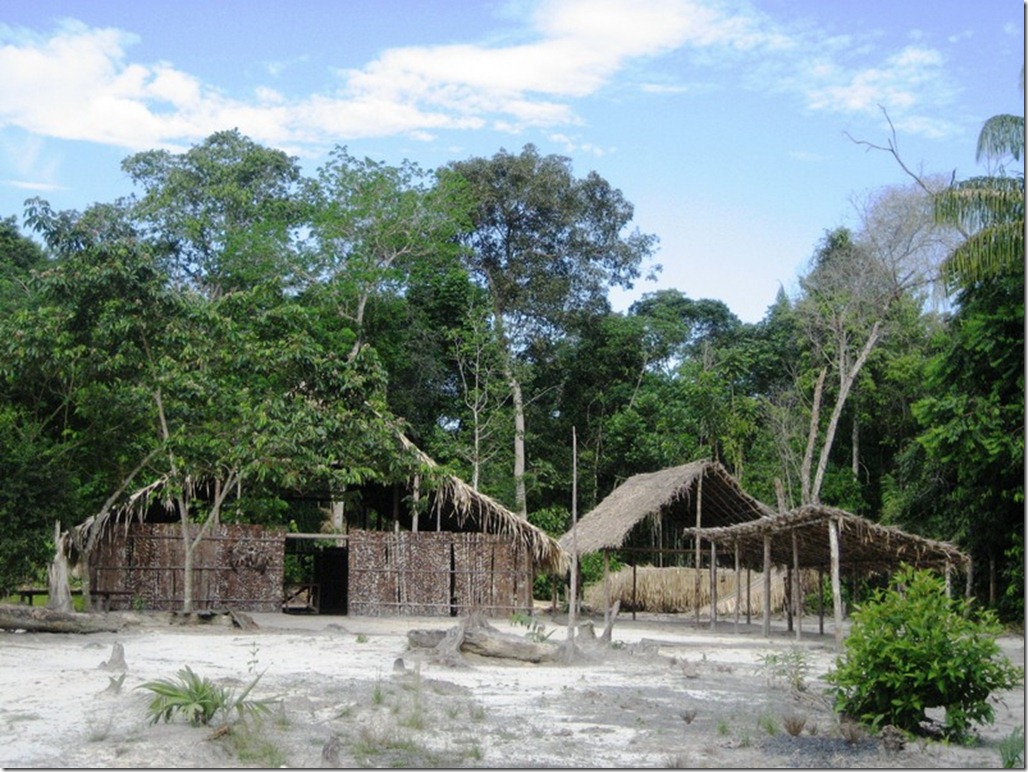
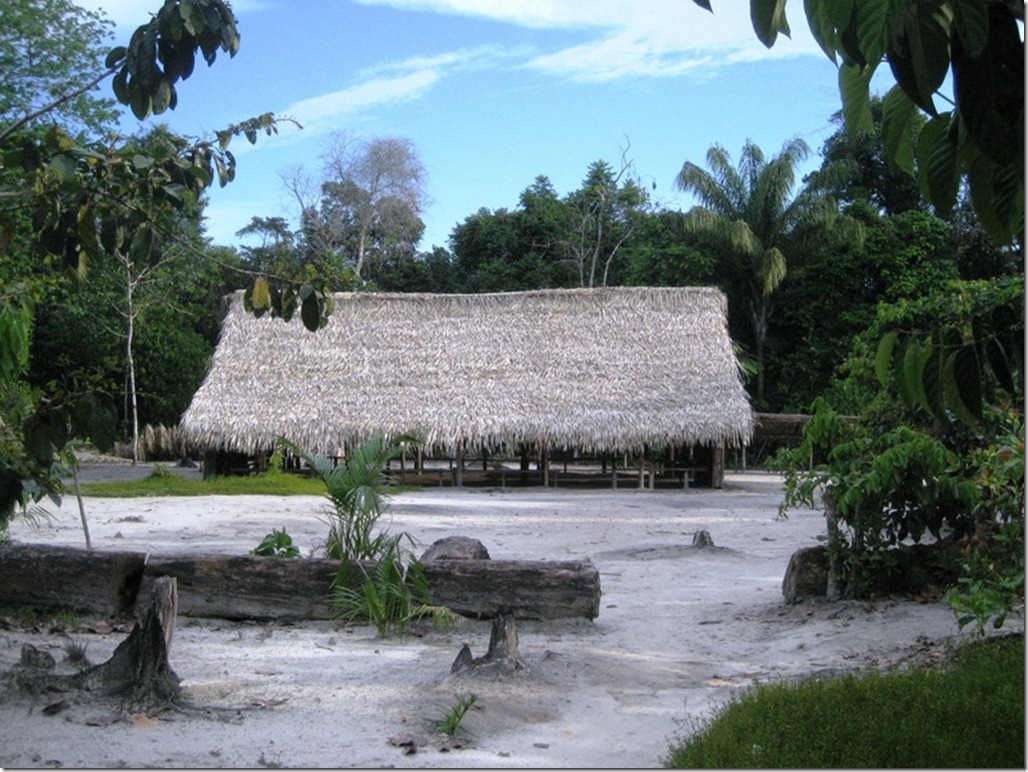
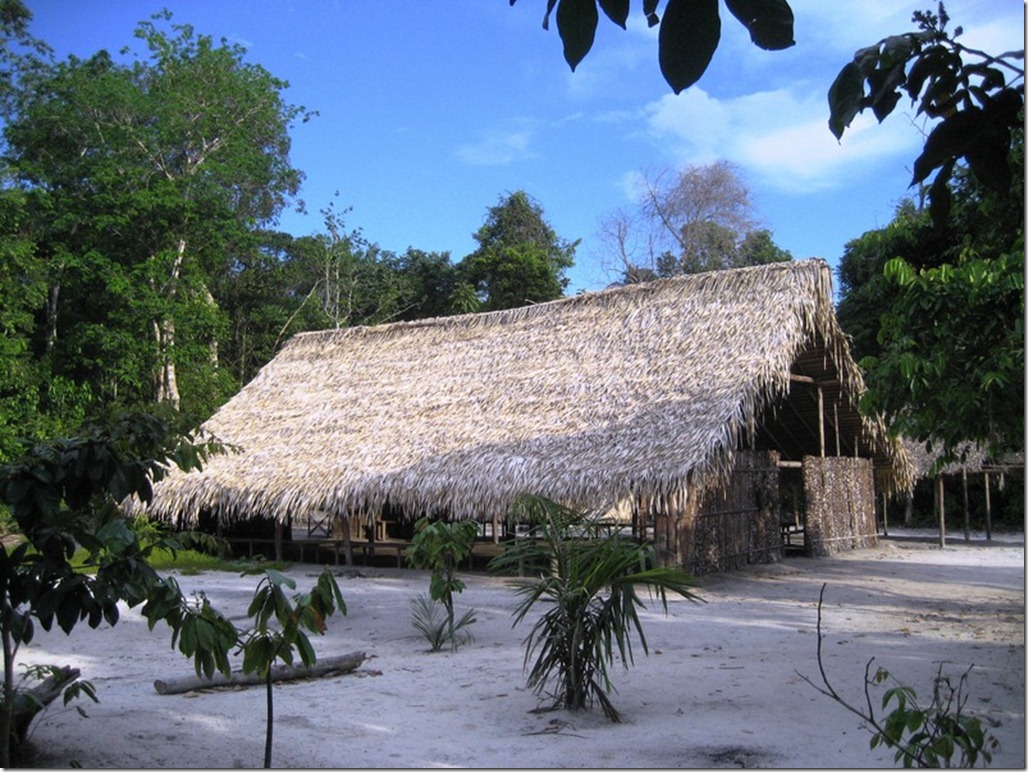
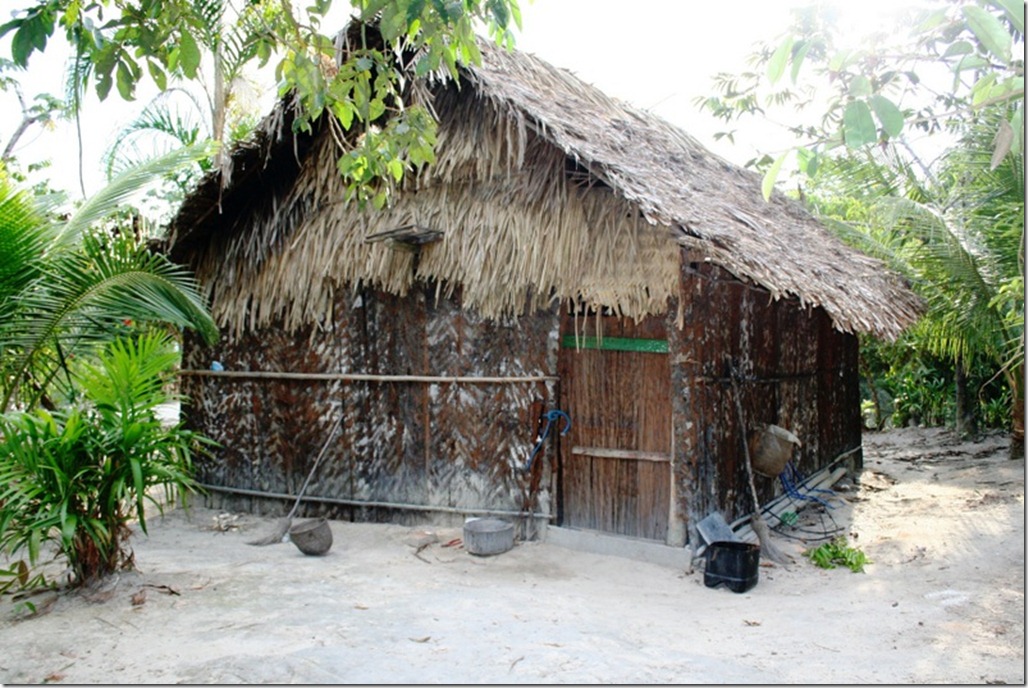
Our guide told me that the villagers belonged to the Baniwa indigenous group who had migrated from their original home upriver to this place in order to earn a better livelihood. Other members of the tribal group still living near the Brazil-Colombian border received financial support from them. According to Brazil’s Instituto Socioambiental, an estimated 15,200 Baniwa reside in the tri-border area of Brazil, Colombia, and Venezuela. Many reportedly live in poor conditions and are subjected to human rights abuses such as encroachment on their land by illegal loggers and poachers.
We disembarked from our tour boat and walked among wood and thatched-roof buildings to a large hall. We sat down on benches lining the hall and waited for the Baniwa performance to begin. Ten youths, five women and five men, performed songs and dance in ceremonial dress. The men played upbeat melodies on large wood flutes and pipes and chanted skyward as the women danced with them. Nothing represented the spirit of harmony between the indigenous and the rainforest to me more than their haunting songs that still echo in my mind.
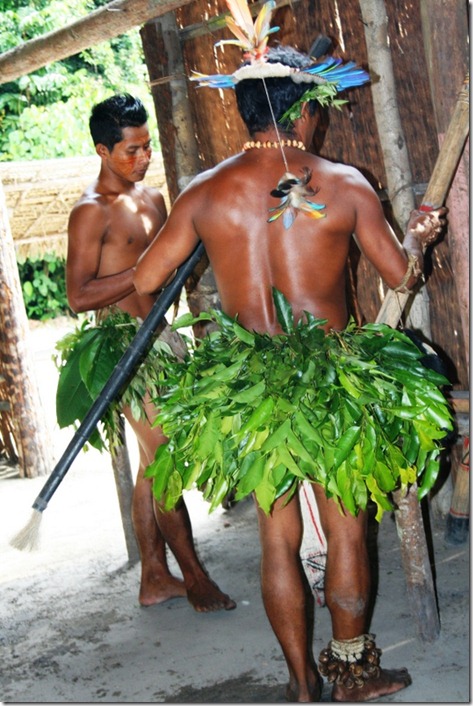
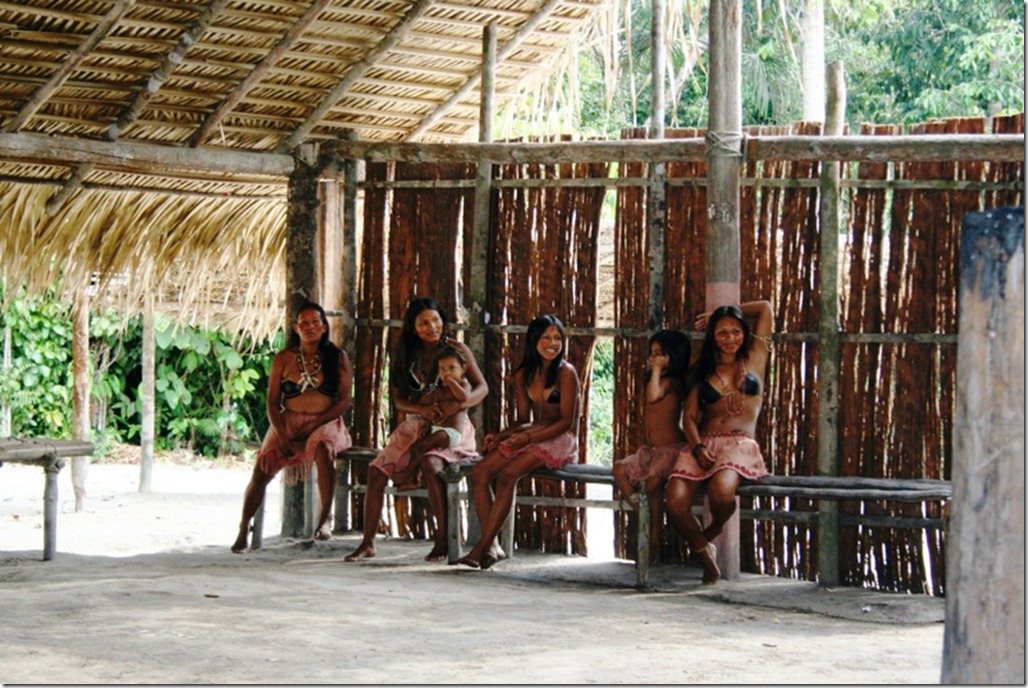
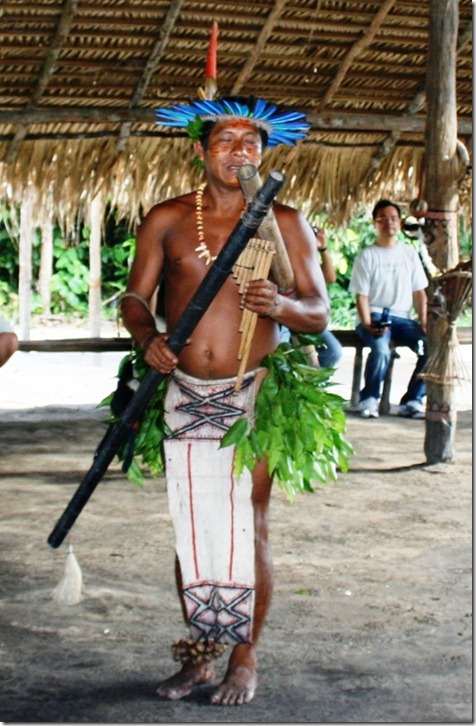
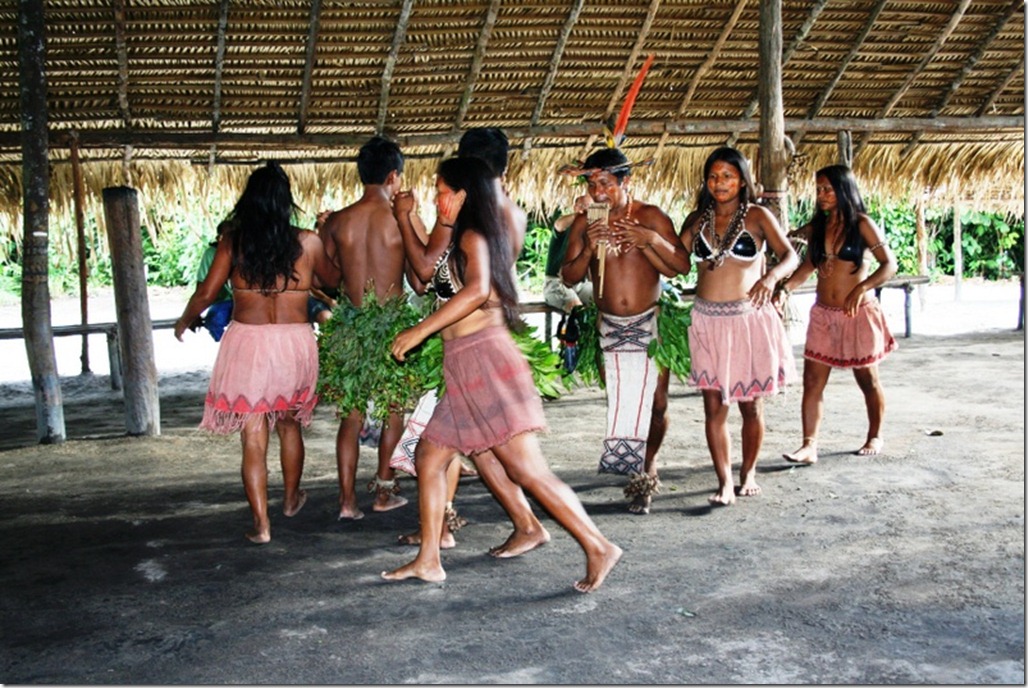
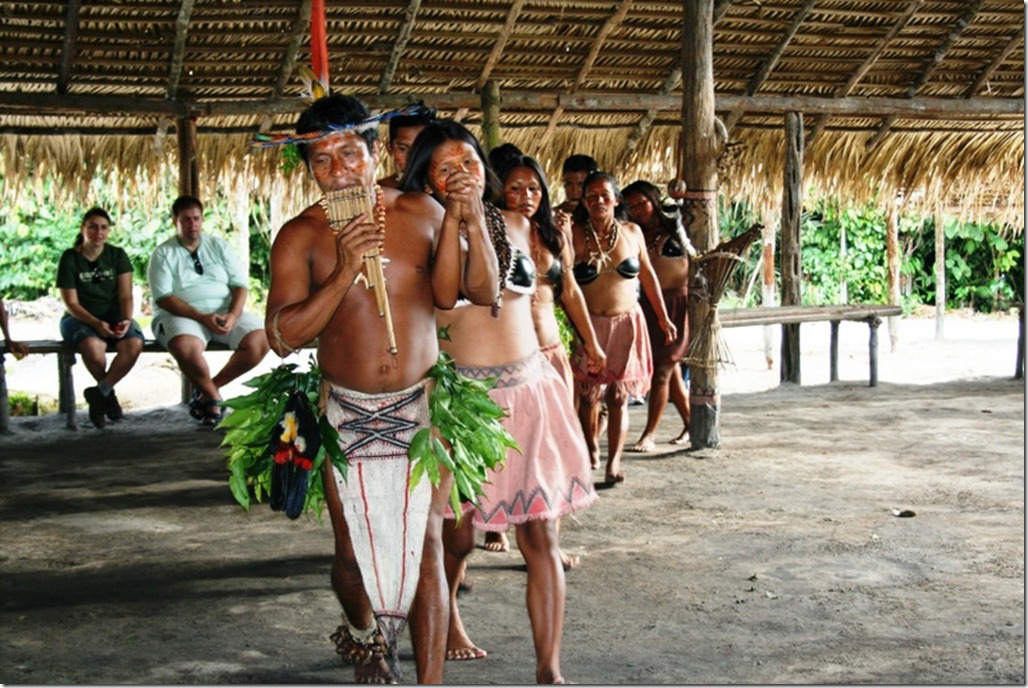
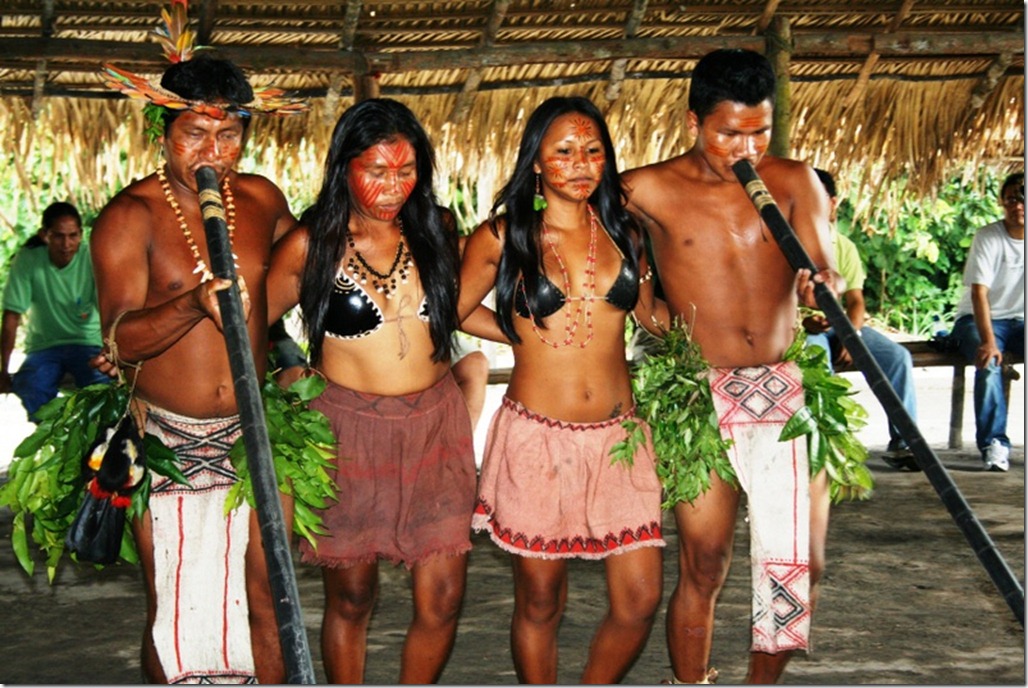
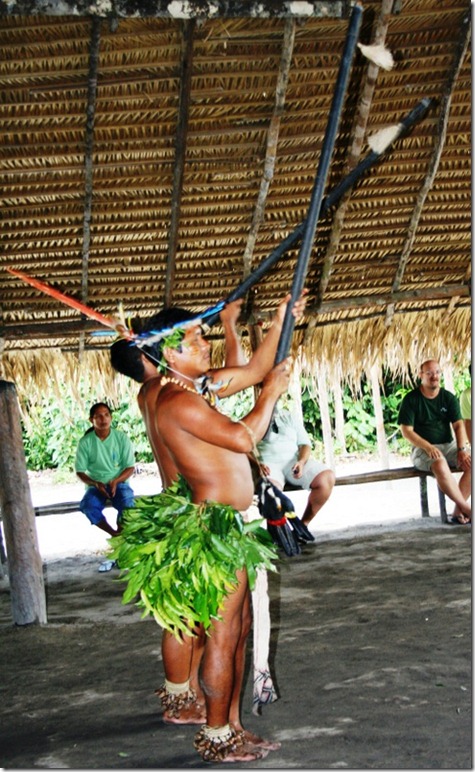
As the dance grew livelier and less somber, the men pulled spectators from the audience and invited them to perform. My wife joined in. She tried to play the flute but was too preoccupied trying to dance! I opted out but took a photo afterwards with some of the performers. The lead performer made my son an honorary Baniwa, adorning him with a headdress and ceremonial stick.
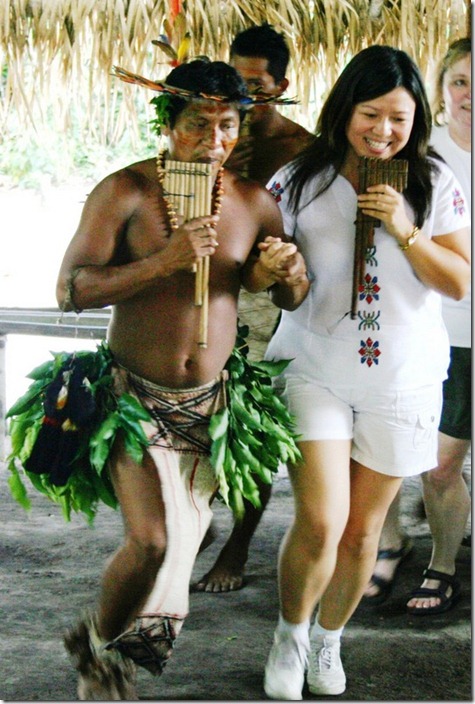
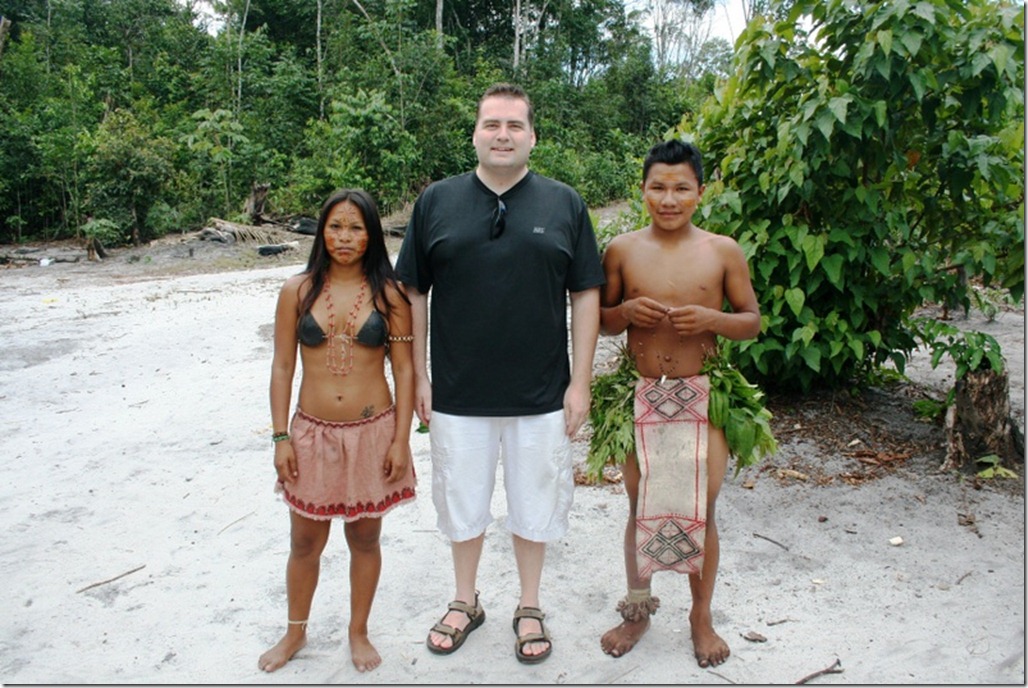
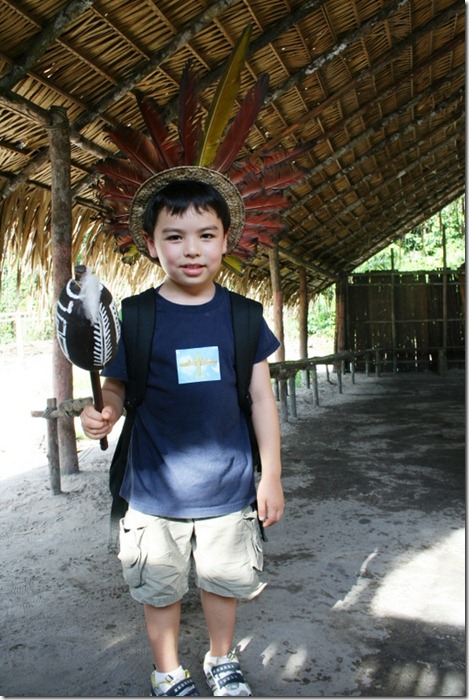
After the performance, we were ushered to the souvenir shop, where my son tested a dart gun and we browsed the handmade art. We made sure that we were allowed to buy and export the souvenirs we bought.
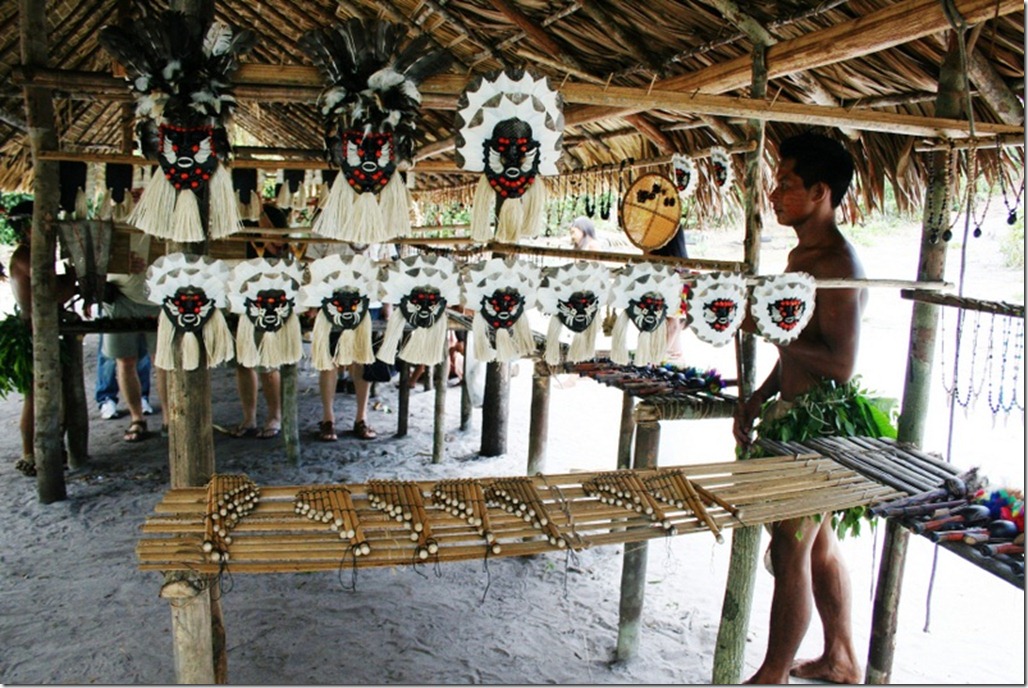
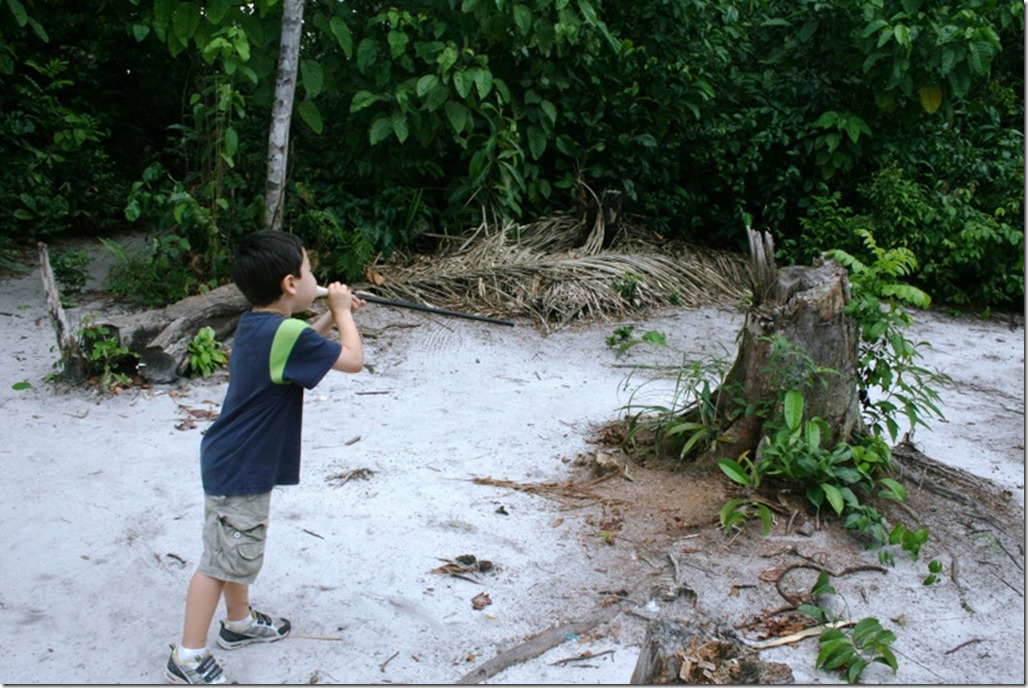
Our son really enjoyed the visit, especially when our guide painted his face with berry juice. I’m glad he had the chance to experience a unique culture he might never have if we hadn’t visited the Amazon.
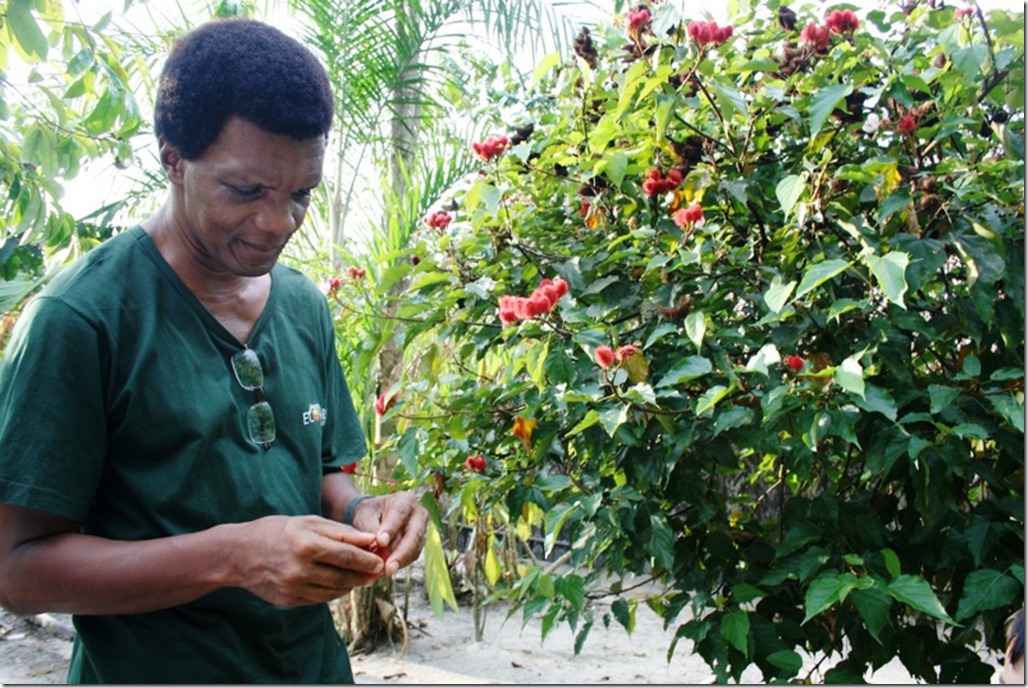
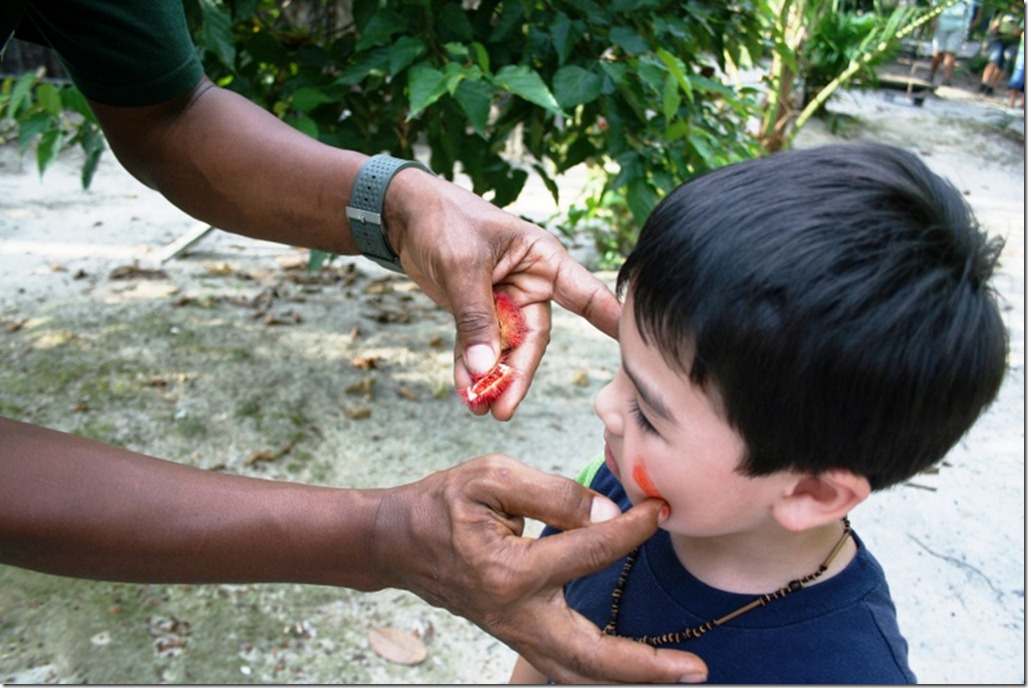
About Indigenous Peoples
Some international organizations and human rights groups have questioned the humanity of tourist attractions involving the indigenous and suggested that they are exploitative. As someone who has worked with the indigenous and documented indigenous issues, I support efforts to promote indigenous rights and applaud the efforts of governments, human rights organizations, and indigenous groups to improve their living conditions. I also favor allowing indigenous groups to support themselves legally as they wish. If they freely, without exploitation or prejudice by outside influence, determine that it is in their best interest to develop tourist attractions that showcase their cultures, they should be legally permitted to do so. It not only brings in much-needed revenue but promotes greater understanding of and preservation of indigenous cultures.
Click here to read about the Kayan-Lahwi (Karen or “Long-Neck” people) of Thailand and Burma
Click here to read about the Akha of Thailand and Burma
Click here to read about the Guaraní and Exnet of Paraguay
 About Alexander the Salamander
About Alexander the Salamander
A young salamander named Alexander living in the Amazon River Basin joins his friends Airey the Butterfly and Terry the Tarantula for an unforgettable jungle adventure. Come along with Alexander and friends as they meet birds, monkeys, and other creatures, enjoy the beauty of the rainforest, and face danger along the way.
The first book in the World Adventurers for Kids Series, Alexander the Salamander is an illustrated story inspired by the authors’ visit to the Amazon in 2008. Fun for kids and adults alike, the story teaches children the importance of listening to teachers and other authority figures.
More About Brazil
Click on the icon below for more articles about Brazil


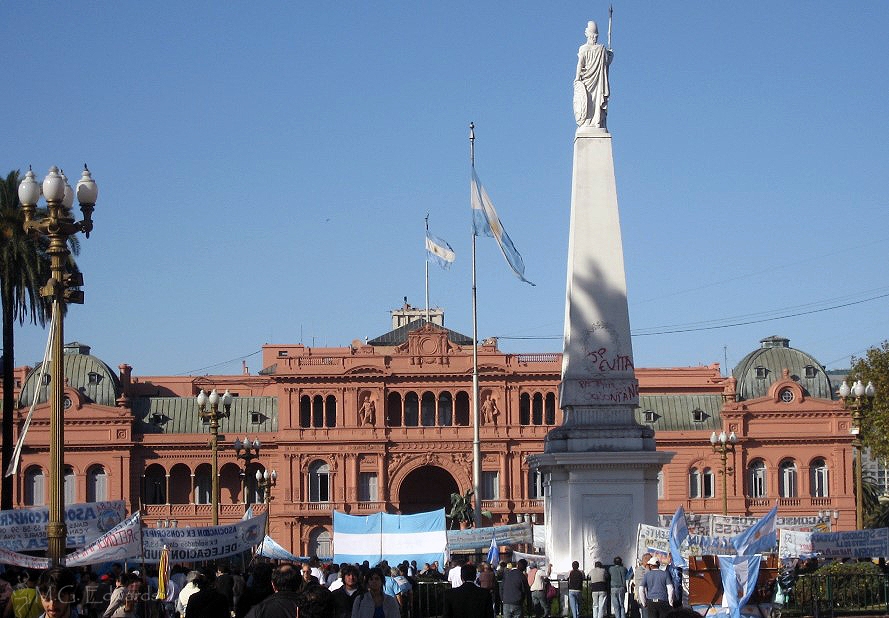
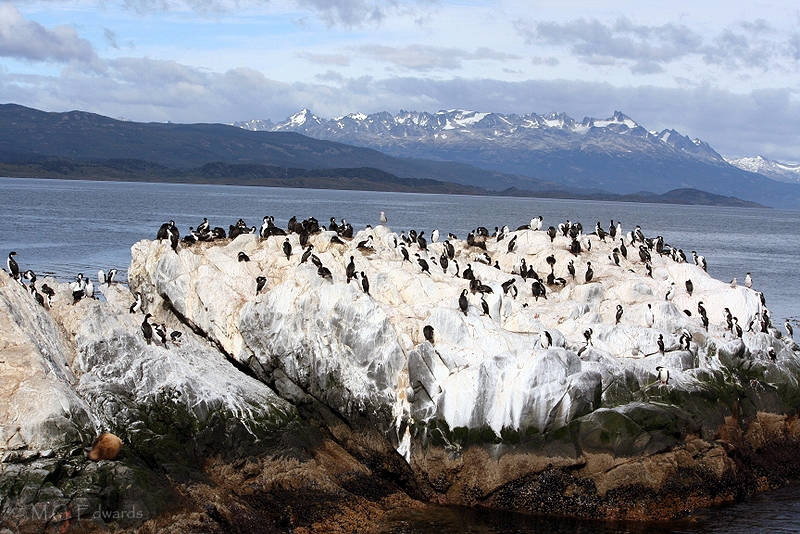
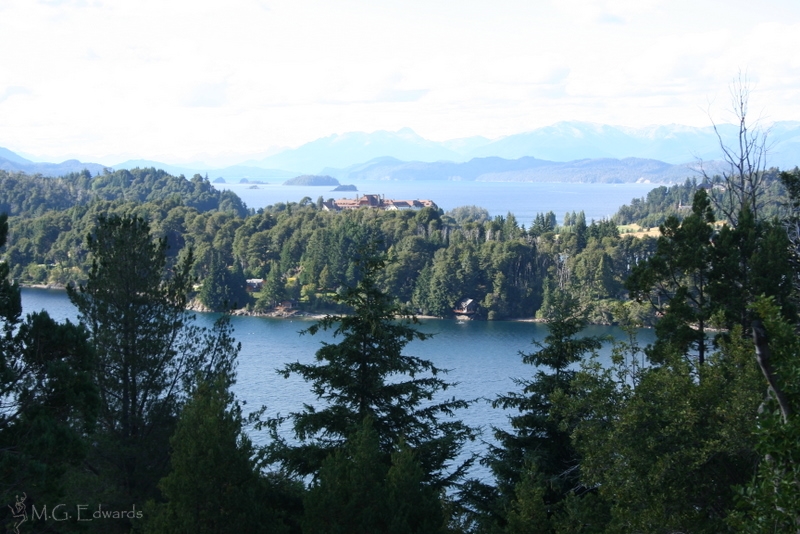
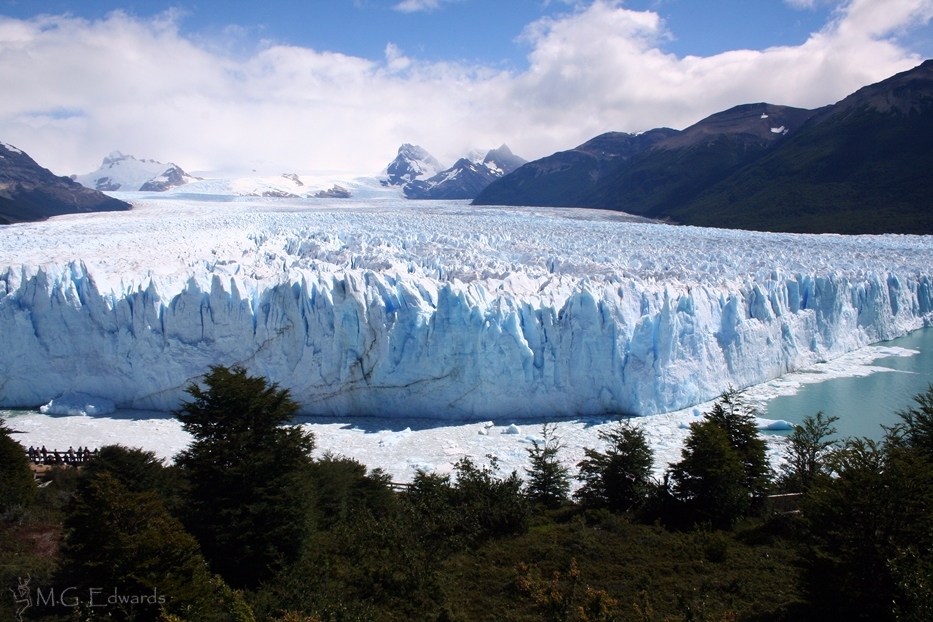
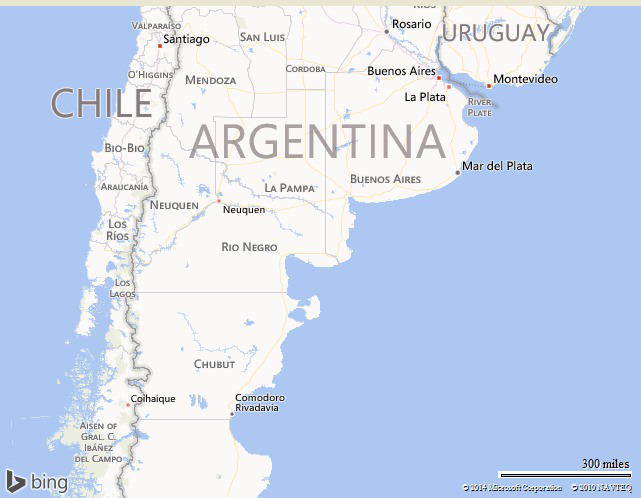
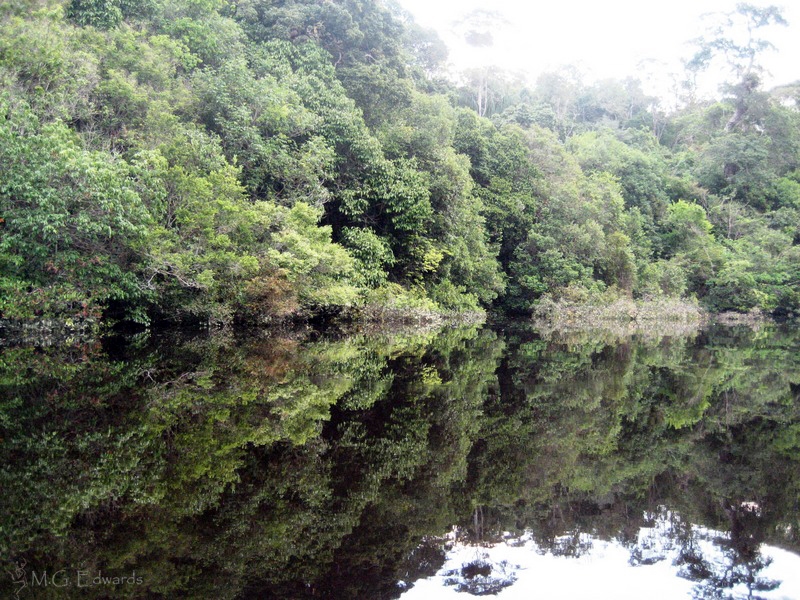

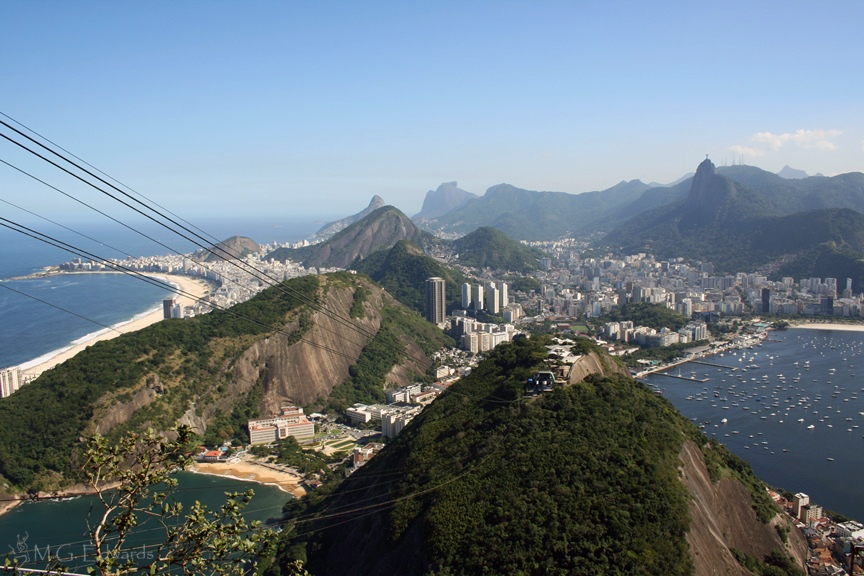
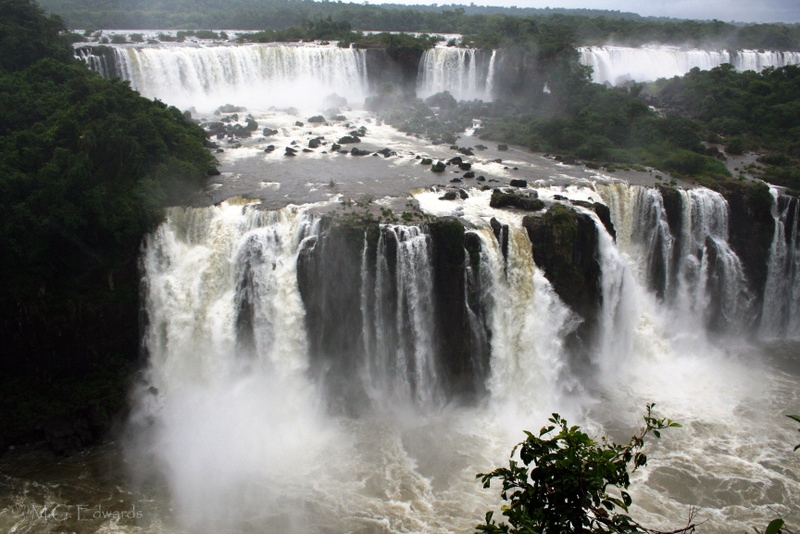
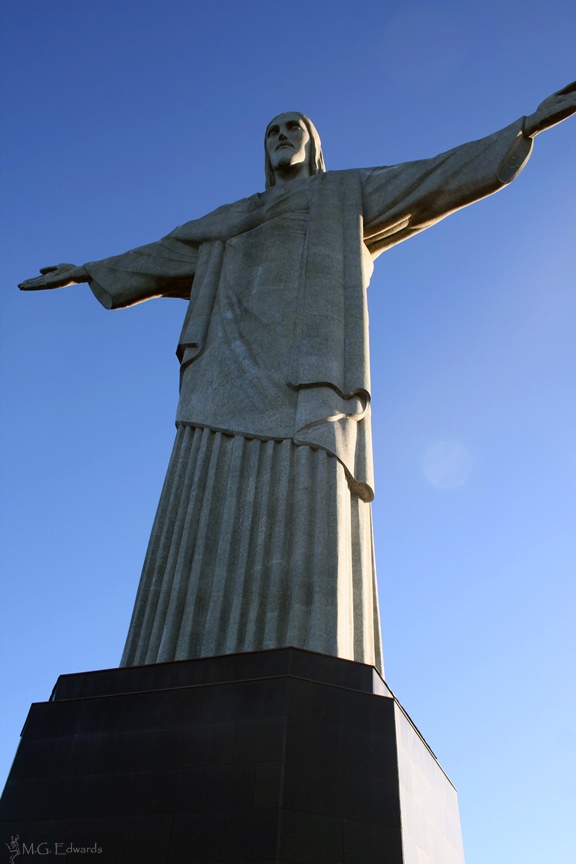
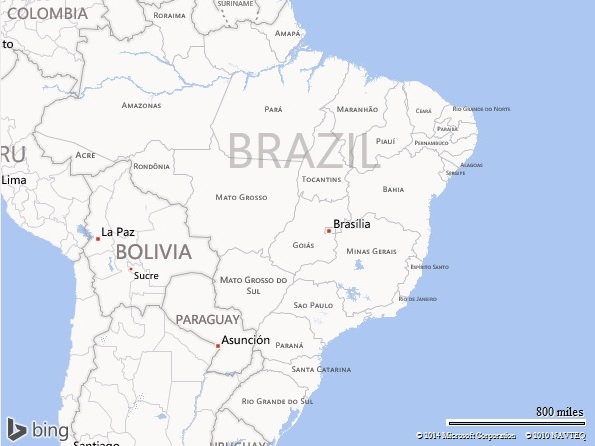











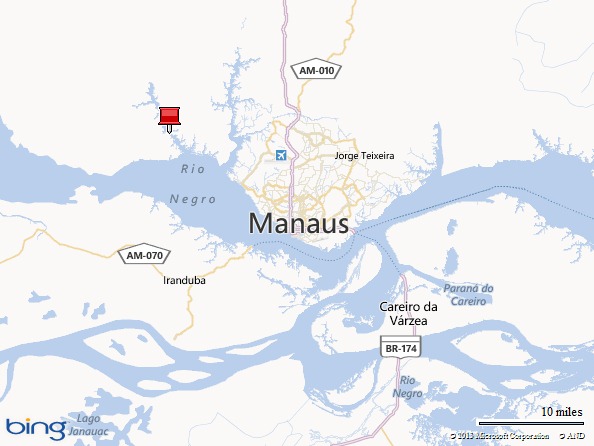


















 About Alexander the Salamander
About Alexander the Salamander